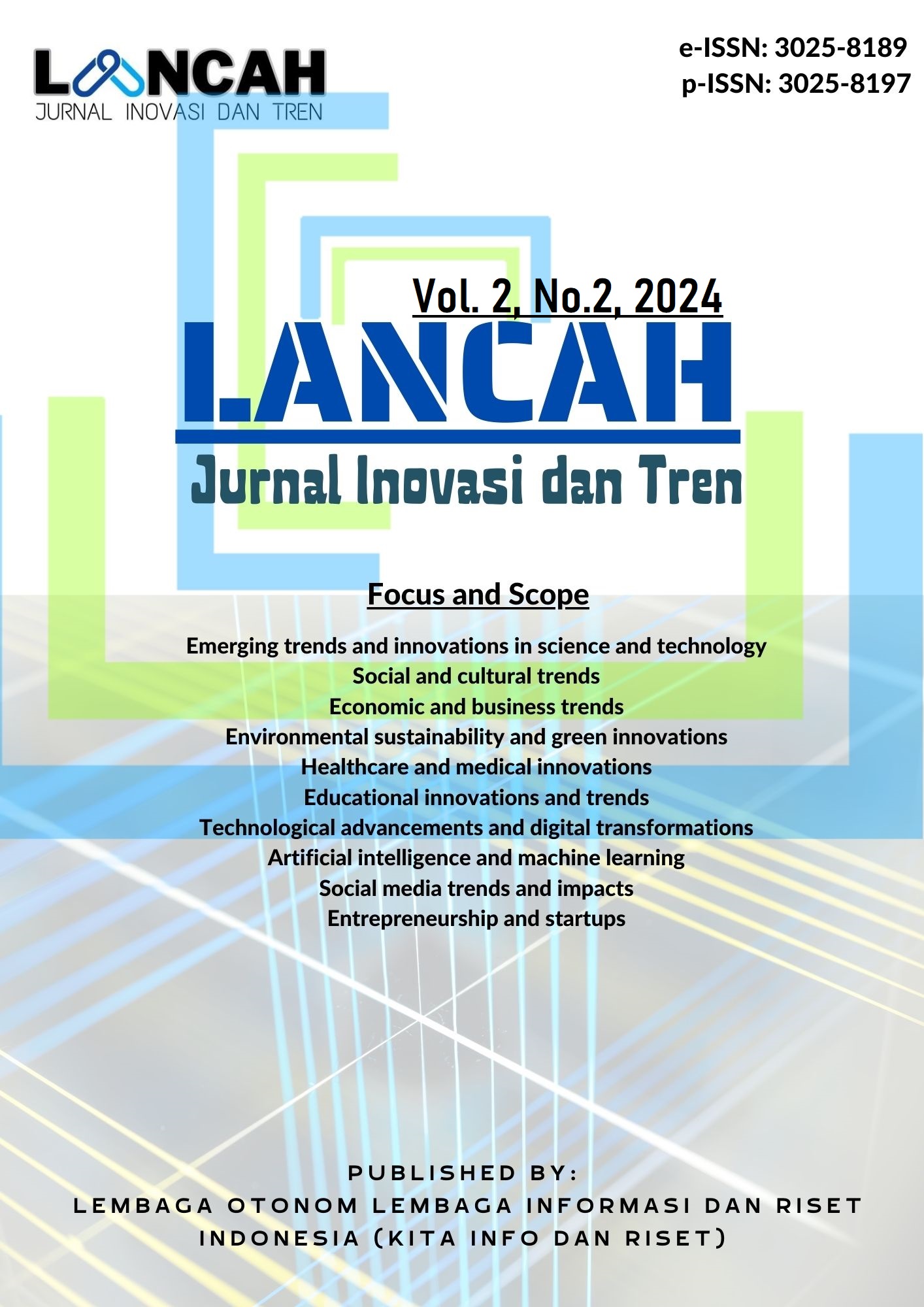Khayalak TV di Indonesia
DOI:
https://doi.org/10.35870/ljit.v2i2.2750Keywords:
Television, Social Media, InternetAbstract
Television as a mass media which is almost in a century became the most preferred mass media at this time began to be disrupted by the presence of new media, namely social media. This new media is growing in the country which makes Indonesia one of the highest internet users in the world. Nearly half of Indonesia's population is currently an internet user, they access the internet generally from smart phones or smartphones. Indonesian mass media audiences (especially the younger generation) have now switched to the use of media, not only the print media that are increasingly unsold, but also affect television media. The pattern of watching TV has changed. The audience is not completely transfixed by the broadcast hours and broadcast time. In the internet era, people can watch TV anytime and anywhere. In addition, watching TV shows does not always have to be from a television set, but many viewers, especially millennials who watch through gadgets, smartphones or laptops. Television broadcasting is currently strictly regulated and supervised by the government through the Indonesian Broadcasting Commission, but social media is still very free because there are no specific regulations. The audience can watch anything including spectacle which is strictly prohibited to be broadcast on television, through social media a prohibited spectacle is very easy and free to be watched by anyone.
Downloads
References
Advertising Research Foundation: Menyediakan panduan dan riset tentang pengukuran ROI dalam periklanan.
Cannes Lions: Situs resmi festival periklanan terkemuka yang menyediakan informasi tentang pemenang dan tren industri.
DMA (Direct Marketing Association): Menyediakan panduan dan studi kasus tentang pengukuran tingkat keterlibatan dalam pemasaran.
Harvard Business Review: Menyediakan berbagai artikel dan studi kasus tentang pengukuran dampak iklan terhadap penjualan.
Market Research Society: Menyediakan pedoman dan sumber daya untuk pengukuran brand awareness dan brand perception.
MarketingSherpa: Sumber daya riset dan panduan praktis tentang strategi pemasaran yang efektif untuk berbagai segmen khalayak. MarketingSherpa
MarketResearch.com: Platform riset pasar yang menyediakan data dan analisis tentang preferensi dan perilaku konsumen dari berbagai segmen khalayak TV. MarketResearch.com
Nielsen Audience Segmentation: Platform penyedia data dan analisis tentang segmentasi khalayak TV berdasarkan demografi, minat, dan perilaku. Nielsen Audience Segmentation
Nielsen TV Audience Measurement: Menyediakan data lengkap mengenai rating dan tingkat penonton di berbagai saluran TV.
Pew Research Center: Menyediakan data dan laporan tentang perilaku dan opini publik yang dapat digunakan untuk mengukur respons audien.
Downloads
Published
Issue
Section
License
Copyright (c) 2024 Ariana Putri

This work is licensed under a Creative Commons Attribution-NonCommercial-ShareAlike 4.0 International License.
Copyright and Licensing Agreement
Authors who publish with this journal agree to the following terms:
1. Copyright Retention and Open Access License
- Authors retain full copyright of their work
- Authors grant the journal right of first publication under the Creative Commons Attribution 4.0 International License (CC BY 4.0)
- This license allows unrestricted use, distribution, and reproduction in any medium, provided the original work is properly cited
2. Rights Granted Under CC BY 4.0
Under this license, readers are free to:
- Share — copy and redistribute the material in any medium or format
- Adapt — remix, transform, and build upon the material for any purpose, including commercial use
- No additional restrictions — the licensor cannot revoke these freedoms as long as license terms are followed
3. Attribution Requirements
All uses must include:
- Proper citation of the original work
- Link to the Creative Commons license
- Indication if changes were made to the original work
- No suggestion that the licensor endorses the user or their use
4. Additional Distribution Rights
Authors may:
- Deposit the published version in institutional repositories
- Share through academic social networks
- Include in books, monographs, or other publications
- Post on personal or institutional websites
Requirement: All additional distributions must maintain the CC BY 4.0 license and proper attribution.
5. Self-Archiving and Pre-Print Sharing
Authors are encouraged to:
- Share pre-prints and post-prints online
- Deposit in subject-specific repositories (e.g., arXiv, bioRxiv)
- Engage in scholarly communication throughout the publication process
6. Open Access Commitment
This journal provides immediate open access to all content, supporting the global exchange of knowledge without financial, legal, or technical barriers.











